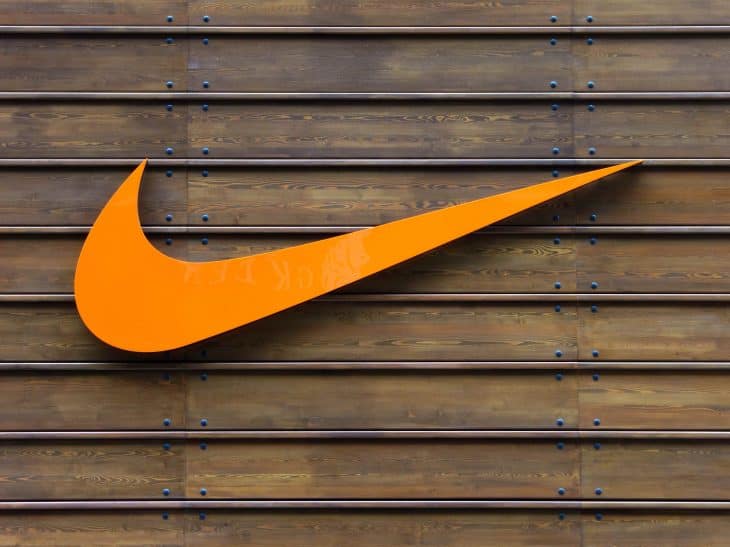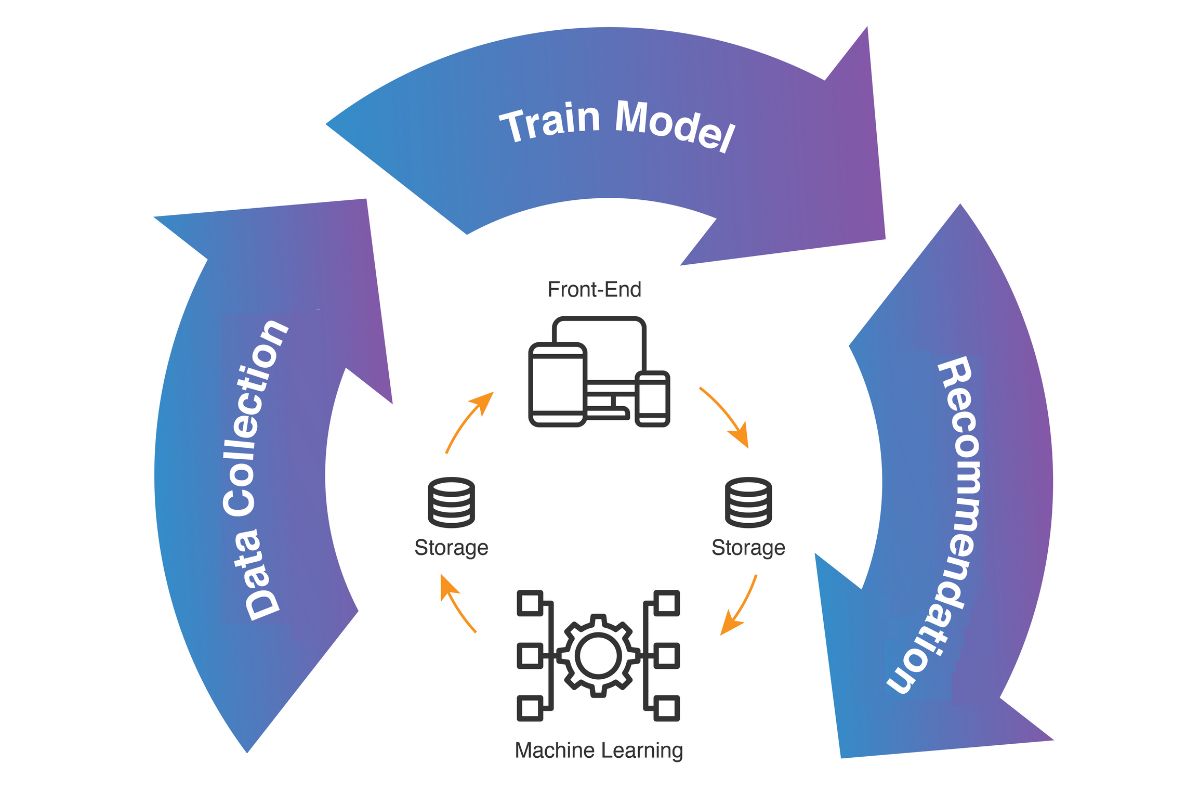
Who doesn’t know Nike? It is only one of the biggest and most famous shoe companies in the world. So famous that people would recognize the brand even with logo seen from a distance. Learn more about this corporate giant with these 50 facts about Nike.
- 01Nike makes around $37 billion per year.
- 02An estimated 77,000 people work for Nike around the world.
- 03The company has an estimated 700 shops around the world.
- 04With an estimated value of $32 billion, Nike is the world’s most valuable sports company.
- 05Nike currently holds the 89th spot on the Fortune 500 list of companies.
- 01On its founding in 1964, the company is originally called Blue Ribbon Sports.
- 02Phil Knight and Bill Bowerman founded the company in Eugene City, Oregon, USA.
- 03In its first year alone, the company sold 1,300 shoes, made by its Japanese partner, Onitsuka Tiger.
- 04The company opened its first retail store in 1966, in Santa Monica in California.
- 05The company later renamed itself Nike in 1971, after their partnership with Onitsuka Tiger ended.
- 06Nike gained 50% of the US shoe market by 1980.
- 07The company first used its famous slogan of “Just Do It” in 1988.
- 08The company opened its World Headquarters in 1990.
- 09Phil Knight retired from Nike’s leadership in 2015.
- 10In 2019, the company stopped selling its products on Amazon.
- 01Nike owns only a single subsidiary company, Converse Inc.
- 02The company has a place in the Dow Jones Industrial Average.
- 03It also has 45 different offices around the world.
- 04Nike is a part of American youth culture since the 1980s.
- 05The 2010s have seen a boost in Nike sales out of nostalgia for the 1990s.
Was this page helpful?
Our commitment to delivering trustworthy and engaging content is at the heart of what we do. Each fact on our site is contributed by real users like you, bringing a wealth of diverse insights and information. To ensure the highest standards of accuracy and reliability, our dedicated editors meticulously review each submission. This process guarantees that the facts we share are not only fascinating but also credible. Trust in our commitment to quality and authenticity as you explore and learn with us.


